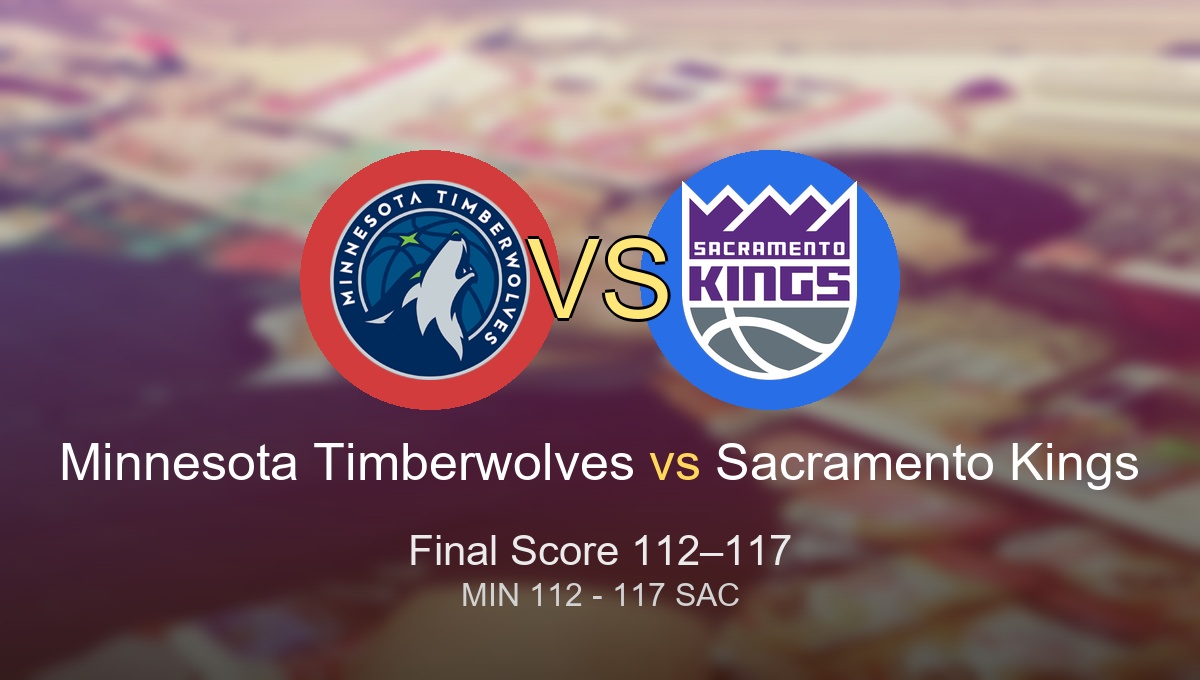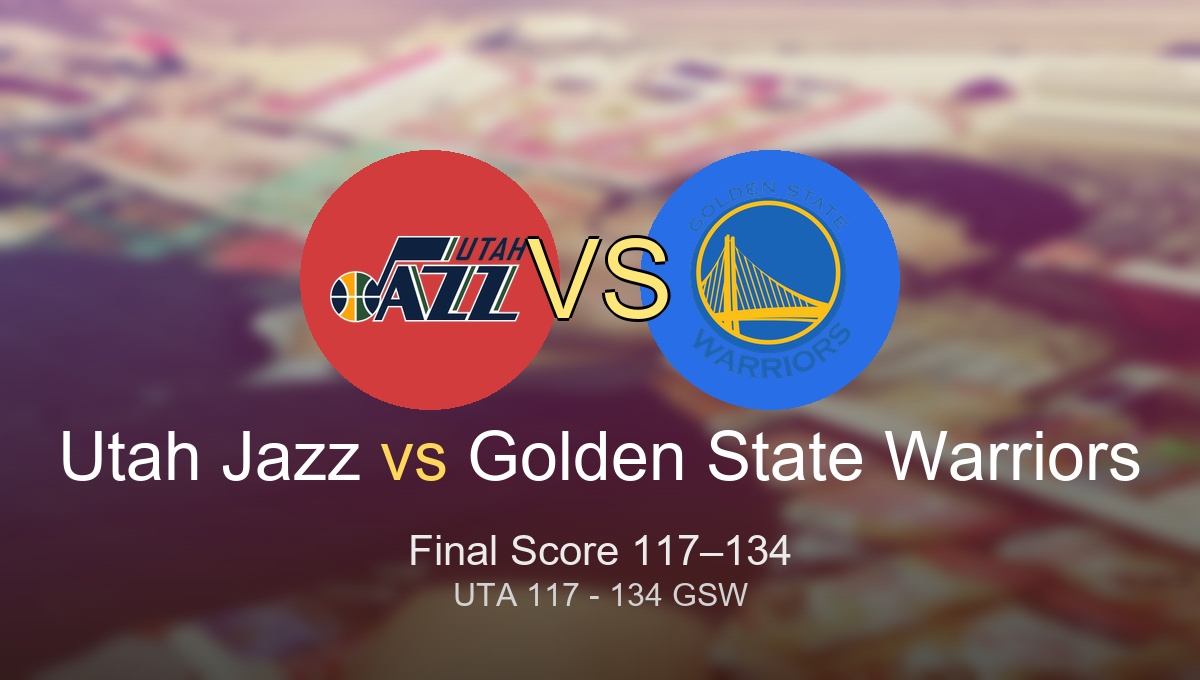
Every July, the NBA world holds its breath. Next to draft night, nothing brings as much drama as NBA salary negotiation. Behind each wild max deal or friendly hometown discount are months of haggling, family phone calls, luxury tax whispers, and frantic texting between agents and GMs. Sure, the games make legends. But the contracts shape dynasties—and fans know it.
Understanding how NBA salary negotiation works is more than tracking headlines. It’s the engine that balances superteam dreams and player movement, competitive balance and team loyalty. That’s why fans argue about it in every group chat, and why players fight for every dollar—it can define a career, a franchise, even a city’s identity.
You don’t have to be a capologist to find the stories inside the numbers. In this guide, we’ll relive ten moments—each one revealing how NBA salary negotiation works not just on paper, but in the hearts and futures of the game’s greats.
Context: Why This Matters
Walk into any barbershop from Brooklyn to LA, and you’ll hear it: “Would you take less to win?” “Is Dame loyal, or did he cost himself rings?” “How do you even pay a team in today’s league?” Everyone’s got an opinion.
There’s a real tension between stacking talent and building a legacy. Owners want to win—and keep the books clean. Agents want to squeeze every cent for their guys. The biggest salaries bring expectations, pressure, sometimes resentment in the locker room. Superstars can take pay cuts for rings, or cash out in new markets.
Getting paid is only half the equation. How the deal gets done—timing, loyalty, leverage, rules—determines who stays, who leaves, and who’s remembered.
Methodology
To chart the most defining salary negotiation moments, we built our list by weighing:
- Impact of the negotiation moment on leaguewide salary or contract trends (40%)
- Player/team legacy impact (rings, movement, reputation) (30%)
- Salary numbers (historical significance, market-setting deals) (20%)
- Fan and media resonance, including narrative drama (10%)
Sources include NBA.com’s official records, deep stats/history from Basketball-Reference, longform reporting from ESPN, and multiple CBA (collective bargaining agreement) breakdowns from league insiders.
Defining Moments in NBA Salary Negotiation
1. Shaquille O’Neal Joins the Lakers (1996 Free Agency, Maximum Power)
It started on the hot blacktops outside the Magic’s new arena—reporters trailing, fans begging, rumors whirling. The Orlando Sentinel polled readers: should the Magic pay a young Shaq more than $100 million? The answer, apparently, was no. Two weeks later, Shaq held up a purple and gold jersey as the Lakers unveiled a record-breaking $120 million contract, rewriting what a superstar could command.
Shaq’s exit left a young, contending team in shambles and showed every agent how to use leverage and the allure of big markets to maximize a deal. His Lakers contract changed the expectation for superstar money and set the tone for the coming wave of mega-deals.
“Sometimes it’s just business,” Shaq would later say, “but you gotta know your worth.”
Key facts:
– 7 years, $120 million (NBA record at the time)
– First true max free agent jump in modern NBA history
– Set precedent for superstar mobility
Authoritative sources: nba.com, basketball-reference.com
🧵 On X
https://x.com/search?q=Shaquille%20O%27Neal%20Lakers%20contract&src=typed_query
2. LeBron James’ Decision (2010, The Power of a Player)
The moment unfolded live on national TV. “I’m taking my talents to South Beach.” With those words, LeBron James didn’t just change where he played—he transformed the art of NBA salary negotiation. By orchestrating his move with Dwyane Wade and Chris Bosh for less-than-max deals, LeBron sent a message: players, not owners or teams, could dictate the terms.
The Big Three took modest pay cuts that enabled Miami to stack talent within the salary cap. Legacy-wise, it won two titles and made four straight Finals. But in the bigger picture, LeBron’s move triggered the player empowerment era, changing how stars view money vs. rings and launching a new era of superstar-driven negotiations.
“I wanted to build something special and made the financial sacrifice to do it,” LeBron reflected.
Key facts:
– Signed below max to form superteam
– Set tone for player power era
– 2 rings, 4 Finals in Miami stint
Authoritative sources: nba.com, espn.com
🧵 On X
https://x.com/search?q=LeBron%20James%20Decision%202010&src=typed_query
3. Kevin Durant and the Warriors’ Discount Dynasty (2016–2017, Cap Spike Chaos)
The scene: July 2016, the Hamptons. Kevin Durant, two MVPs and four Warriors stars in a house, plotting NBA history. Thanks to a new TV deal, the cap spiked wildly, giving Golden State just enough room to lure KD—and they convinced him to take a little less. Durant’s short-term, flexible deals at below-their-limit figures let the Warriors fit more talent than the rules ever intended.
This negotiation masterstroke set off debates about “fairness,” competitive balance, and the purpose of max contracts. Was ring-chasing worth leaving money on the table and enduring criticism? KD’s two Finals MVPs provided his answer.
Fans called it a “cheat code.” Coaches called it ruthless.
Key facts:
– Cap spike enabled superteam (2016)
– KD took ~$6 million less to fit roster
– 2 rings, 2 Finals MVPs
Authoritative sources: nba.com, basketball-reference.com
🧵 On X
https://x.com/search?q=Kevin%20Durant%20Warriors%20contract&src=typed_query
4. Tim Duncan’s Hometown Discount (Early 2000s, The Spurs’ Secret Weapon)
It’s 2003, maybe 2007. Deep in the bowels of the AT&T Center, Tim Duncan signs, quietly and with little fanfare, another below-max contract. Again. The world doesn’t notice—until San Antonio squirrels away enough money to keep role players and add key pieces.
Duncan’s willingness to take less year after year fueled four titles after his rookie deal, building a dynasty amid the stars-chase-the-bag era. Teammates followed his lead, and the Spurs became a model for balancing egos, winning, and negotiations.
Popovich would say, “He always put the team first. That’s why we could build around him for so long.”
Key facts:
– Multiple below-max extensions (2003, 2007, 2012)
– 5 NBA titles, 2 MVPs
– Set an organizational culture
Authoritative sources: basketball-reference.com, nba.com
🧵 On X
https://x.com/search?q=Tim%20Duncan%20salary%20Spurs&src=typed_query
5. Michael Jordan’s Record-Breaking “$30 Million” Deals (1996–1998)
Picture this: The Bulls have just won their fourth title. Michael Jordan, the undisputed GOAT, is technically a free agent. In consecutive summers, Chicago inks MJ to one-year deals worth $30+ million, nearly double the next-highest salaries in history to that point.
These mega-annual contracts signaled both his value and the pre-cap-max era’s chaos. Jordan essentially named his price. It forced the league to rethink contract rules and eventually led to contract-length limits and max salary caps in the next CBA.
“Everyone knew what it was,” former exec Jerry Krause shrugged.
Key facts:
– $30.1M (96–97), $33.1M (97–98), both 1-year deals
– Pre-max contract era outlier
– Forced rule/cap changes
Authoritative sources: nba.com, basketball-reference.com
🧵 On X
https://x.com/search?q=Michael%20Jordan%20$30%20million%20salary&src=typed_query
6. Steph Curry’s First Extension (2012, Betting on Yourself)
2012: Steph Curry sits at the negotiating table with glass ankles and 100 games missed in three years. The Warriors offer four years, $44 million—not peanuts, but nowhere near future-MVP money. Curry believes in himself and signs.
Within two years, Curry became a two-time MVP on the league’s friendliest contract. The Warriors’ negotiation luck let them sign Klay, Draymond, and add Durant in a later cap spike, launching an era-defining dynasty.
Said Steph later: “It was about feeling valued, but also about putting the team in the right position.”
Key facts:
– 4 years, $44M rookie extension
– Led to 4 titles (2015–2022)
– Most team-friendly star contract of the 2010s
Authoritative sources: espn.com, basketball-reference.com
🧵 On X
https://x.com/search?q=Steph%20Curry%20rookie%20extension&src=typed_query
7. James Harden’s Forced Trade and Supermax (2017, Individual Leverage)
Strip clubs and headlines aside, few salary negotiations reveal the new era’s player power like James Harden’s push out of Houston. After a string of playoff heartbreaks, Harden turned down a $50 million/year extension (the richest in NBA history) and leveraged his way to Brooklyn. A year earlier, he’d used his MVP leverage to secure the supermax—a new CBA rule to stave off star movement. But Harden showed that even the richest offers don’t always keep a star.
Fans and GMs realized: money is power… unless a player wants more narrative control.
“Winning means more than any check,” Harden said (before signing another max in Philly).
Key facts:
– First to get true “supermax” (2017)
– Later forced trade, illustrating new superstar leverage
– Turned down $50M/year deal
Authoritative sources: nba.com, espn.com
🧵 On X
https://x.com/search?q=James%20Harden%20supermax&src=typed_query
8. Scottie Pippen’s Undervalued Contract (1991–1998, The Cost of Loyalty)
It’s every Bulls documentary’s most infamous subplot: Scottie Pippen, making $2.8 million a year during Chicago’s second three-peat, ranked sixth on his own team in salary. Locked into a long-term, below-market deal, Pippen provided Hall-of-Fame production on what is now called the all-time “friendly contract”—and carried years of resentment.
Pippen’s agent said, “We gambled on security versus market value—and lost.” This cautionary tale changed how stars and agents weighed length vs. flexibility.
Key facts:
– 7 years, $18 million (signed 1991)
– Perennial All-Star earning role player money
– Sparked future “opt-out” and player empowerment trends
Authoritative sources: nba.com, basketball-reference.com
🧵 On X
https://x.com/search?q=Scottie%20Pippen%20salary%20contract&src=typed_query
9. Gilbert Arenas and the “Arenas Rule” (2003–2005, CBA Changes)
July 2003. After falling to the second round, Gilbert Arenas, a rising star, gets a $60 million offer from Washington—much more than his own team could offer due to second-round contract quirks. Losing Arenas triggered an overhaul in the league’s salary cap rules, creating the “Arenas Provision.” This rule now protects teams with young stars from bigger-market poaching before they reach full Bird Rights.
Arenas’ story shows how creative contract loopholes don’t last long once a team gets burned.
Key facts:
– 6 years, $60 million (Wizards, 2003)
– Direct cause of “Arenas Rule” in 2005 CBA
– Showed limitations of rookie scale deals
Authoritative sources: nba.com, basketball-reference.com
🧵 On X
https://x.com/search?q=Gilbert%20Arenas%20Arenas%20Rule&src=typed_query
10. Jalen Brunson and the Modern Free Agent Bet (2022–2023, Outplaying the Numbers)
Fast forward to 2022. Jalen Brunson, a second-round pick turned breakout playoff star, enters free agency. The Mavericks, cautious with the checkbook, hesitate—while the Knicks offer a four-year, $104 million deal, betting on future growth. That “overpay” quickly looks like a steal: Brunson becomes an All-NBA candidate, resets his team’s ceiling, and instantly becomes New York’s hero.
In an era where fit and upside sometimes trump raw resume, Brunson’s story shows how mid-market negotiation gambles can win big.
A Knicks exec raved, “You get the right guy, and he’s worth every penny.”
Key facts:
– 4 years, $104 million (Knicks, 2022)
– Transformed team fortunes
– Poster child for betting on fit and upside
Authoritative sources: nba.com, espn.com
🧵 On X
https://x.com/search?q=Jalen%20Brunson%20Knicks%20contract&src=typed_query
What Comes Next
If you want to know how NBA salary negotiation works, just watch the next free agency window. New faces and new rules keep reshuffling the power dynamics. Supermax contracts can lock a player up for years—or give them more leverage to force a trade. Team-building in 2024 is about more than just money; it’s about personality, culture, and creative cap management.
Young stars like Anthony Edwards or Tyrese Haliburton face new decisions: take the early money, or bet on themselves? Analytics, social media debate, and player movement all keep the story fresh.
Next year, someone’s going to reshape this list—by breaking a rule, setting a new market or betting on a fresh start. The best way to learn? Don’t just follow the headlines. Watch how the game behind the game evolves.



